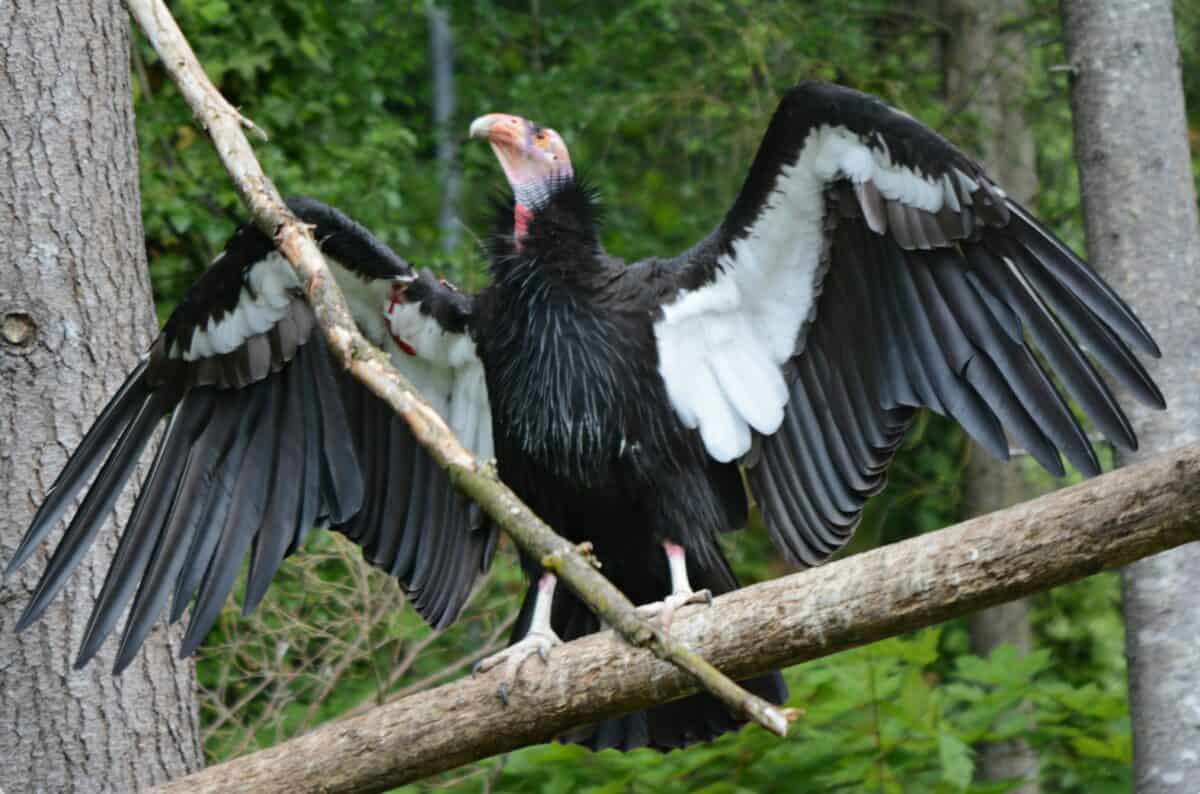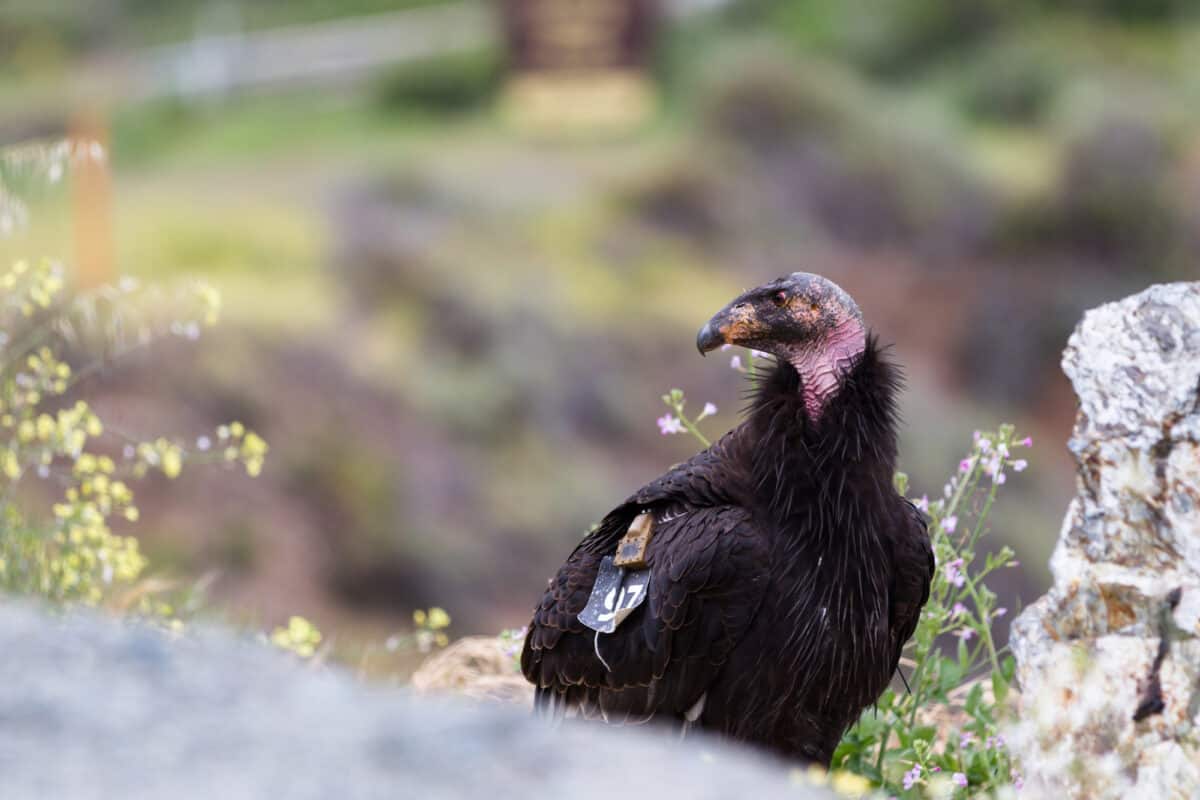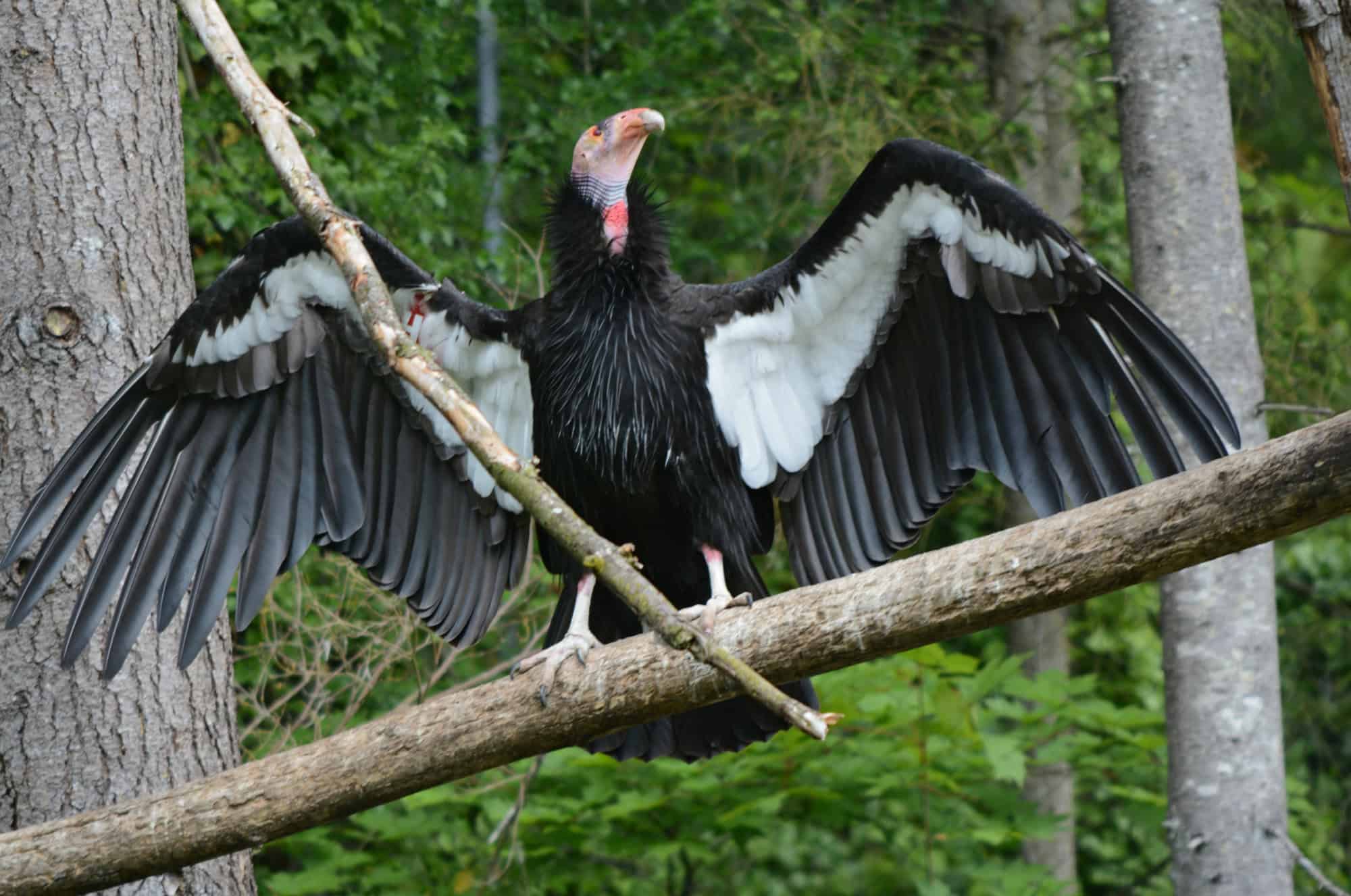The California condor, a majestic bird with a wingspan stretching nearly ten feet, is one of North America’s most iconic avian species. Renowned for its soaring flights and striking appearance, this bird has also become a symbol of conservation efforts due to its brush with extinction. This article delves into the fascinating journey of the California condor, exploring its biology, the threats it faced, and the concerted efforts that have led to its remarkable recovery.
Biology and Ecology of the California Condor

The California condor (Gymnogyps californianus) is the largest land bird in North America. Known for its striking black plumage with white wing linings visible when in flight, this species thrives in montane scrubland, coniferous forests, and oak savannas in California, Arizona, Utah, and northern Mexico. As scavengers, condors play an important ecological role by feeding on carrion, which helps to clean the environment and control potential disease outbreaks.
Condors are long-lived birds, with some surviving over 60 years. They are slow breeders, typically laying only one egg every two years, and it takes around six months for chicks to fledge. The species’ low reproductive rate makes population recovery particularly challenging, emphasizing the importance of high survival rates among mature individuals.
The Brink of Extinction

The California condor faced near-extinction in the 20th century. By the 1980s, the population had plummeted to a critical low of just 27 individuals. Several factors contributed to this decline, including habitat destruction, poaching, and lead poisoning. Lead poisoning remains one of the most significant threats, primarily due to condors ingesting lead fragments from carcasses shot with lead bullets.
Their plight garnered substantial attention in the conservation community, highlighting the urgent need for intervention to save this dwindling species from extinction.
Conservation Efforts

Faced with a dire situation, a bold and controversial solution was implemented: capturing the remaining wild condors to initiate a captive breeding program. In 1987, the last free-flying California condor was taken into captivity, marking the beginning of a collaborative conservation effort involving multiple organizations, including the U.S. Fish and Wildlife Service, San Diego Zoo Global, and the Los Angeles Zoo.
The captive breeding program proved to be a pivotal element in the condor’s recovery. With modern techniques such as double clutching—removing eggs from nests to encourage birds to lay more—and meticulous genetic management, the population began to grow. In 1992, the first captive-bred condors were released back into the wild, symbolizing a significant milestone in the effort to restore this species.
Continued Challenges

While the successful breeding program has brought the California condor back from the brink, there are still considerable challenges to ensuring its continued survival in the wild. Lead poisoning remains the most critical threat, necessitating ongoing measures to restrict or ban the use of lead ammunition in condor habitats. Conservationists are also working to secure and expand suitable habitats, mitigate other human-related threats, and monitor the health and behavior of wild populations closely.
Programs to educate hunters about non-lead ammunition alternatives and provide them with incentives to make the switch have been critical components in the effort to reduce lead poisoning incidents.
The Road Ahead

Today, the story of the California condor stands as one of conservation’s most celebrated achievements. From a population perilously close to vanishing, numbers have now increased to over 500 individuals, with more than half living in the wild. Despite this progress, conservationists remain vigilant, continually adapting their strategies to address emerging challenges and ensure the long-term survival of this iconic species.
This remarkable bird serves as a profound reminder of the delicate balance of ecosystems and the pivotal role humans play in their stewardship. The continuing saga of the California condor underscores the importance of unwavering commitment and collaboration in fighting extinction and inspires hope for other endangered species worldwide.
- 13 Creatures With Electric Powers - August 20, 2025
- 14 Unusual Shark Behaviors Scientists Are Still Trying to Explain - August 20, 2025
- 13 Strange Animal Defenses - August 20, 2025

